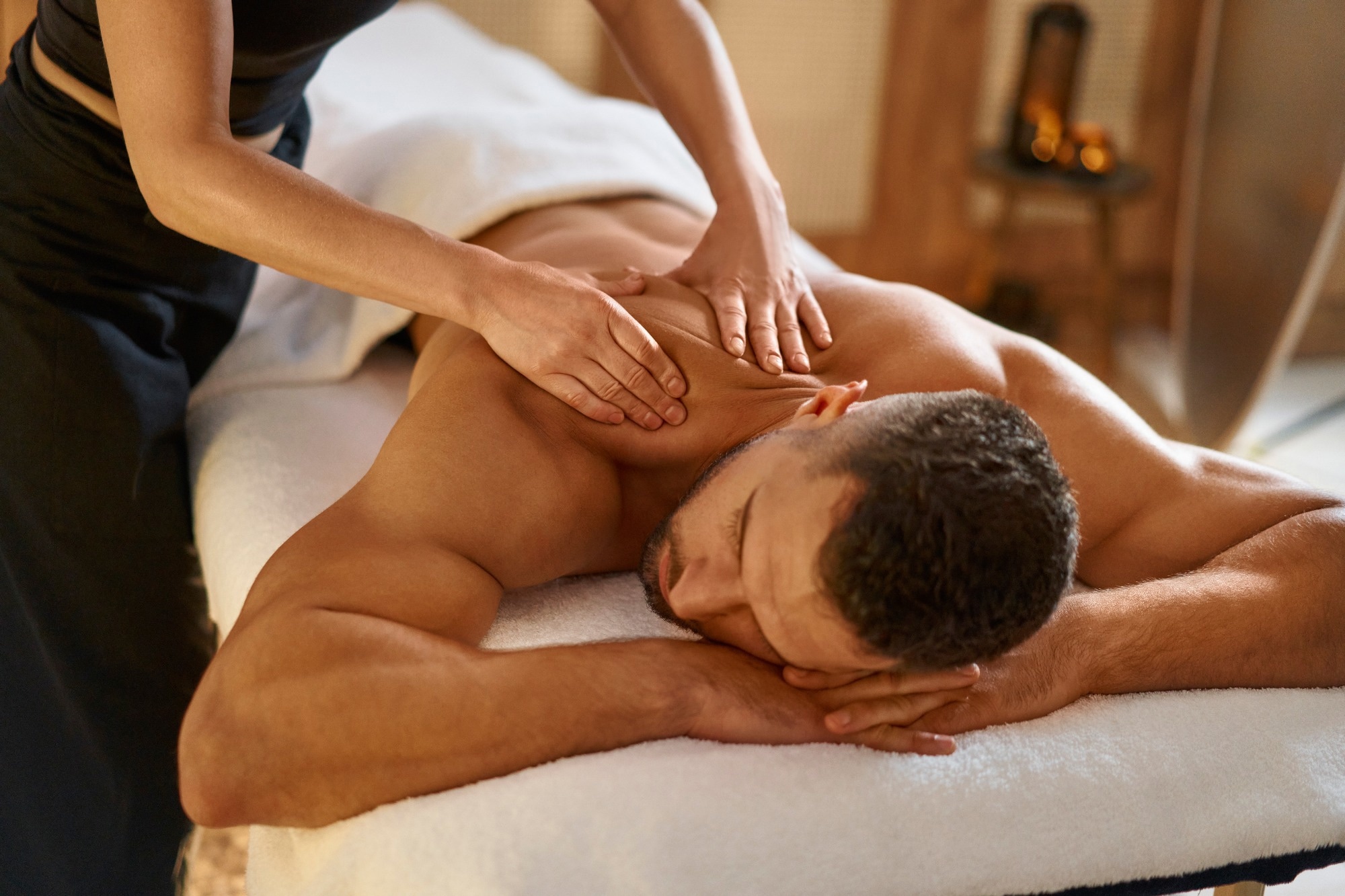
Pain is one of the most common reasons people seek out massage therapy. Whether it’s chronic conditions like arthritis, injuries from sports or accidents, or muscle soreness from everyday activities, massage has long been used as a natural remedy to help manage pain. But what does the scientific and clinical evidence say about the effectiveness of massage for pain relief? Experts weigh in to provide clarity on how massage can be an important part of a comprehensive pain 호치민불건마 management plan.
Massage therapy works by targeting the muscles, tendons, and connective tissues to alleviate tension and improve circulation. According to physical therapists and pain specialists, massage can help reduce muscle tightness and spasms, which are often key contributors to pain. Techniques such as deep tissue massage, trigger point therapy, and myofascial release are frequently used to address chronic muscle pain by breaking up adhesions and increasing blood flow to injured or sore areas. This helps speed up the healing process and reduces discomfort.
Numerous studies support massage therapy’s role in managing different types of pain. For example, research published in the journal Pain Medicine shows that massage can significantly reduce lower back pain, one of the most common and debilitating pain complaints. Similarly, patients with fibromyalgia—a chronic condition characterized by widespread pain—often report improvements in pain levels and quality of life following regular massage sessions. These findings highlight massage as a valuable complementary therapy that can enhance traditional medical treatments.
Experts emphasize that massage is not a one-size-fits-all solution for pain relief. The type of massage, its intensity, and frequency should be tailored to the individual’s specific condition and pain tolerance. Communication between the client and the therapist is crucial to ensure that pressure and techniques are adjusted to avoid discomfort while maximizing therapeutic benefits. In some cases, massage may be combined with physical therapy, exercise, or medication to provide a more holistic approach to pain management.
Additionally, massage has psychological benefits that can indirectly help with pain relief. Chronic pain is often accompanied by stress, anxiety, and depression, which can worsen the perception of pain. Massage helps lower stress hormones and increase the production of endorphins—natural painkillers produced by the brain—contributing to improved mood and decreased pain sensitivity. This mind-body connection is a key reason many experts advocate for massage as part of an integrative pain care strategy.
In conclusion, massage therapy offers multiple pathways for pain relief, both physical and psychological. While it is not a cure-all, expert consensus and scientific research support its use as a safe and effective complementary treatment for various types of pain. Working closely with a qualified massage therapist and healthcare provider can help you create a personalized plan that leverages the benefits of massage to improve comfort and quality of life.
